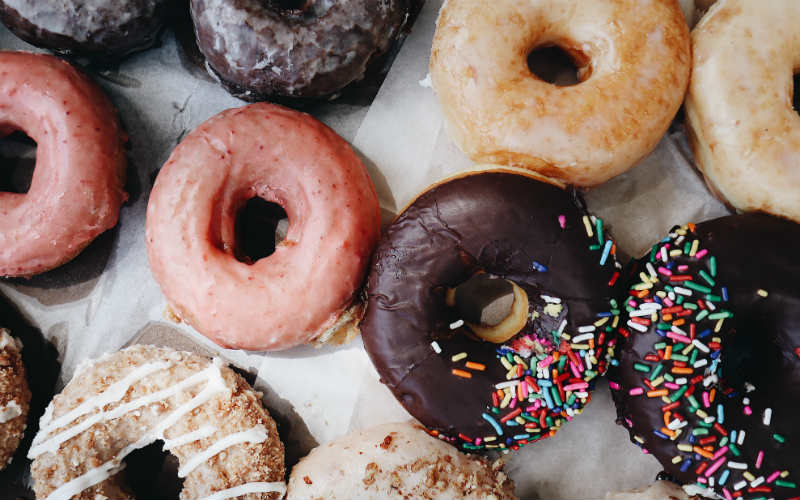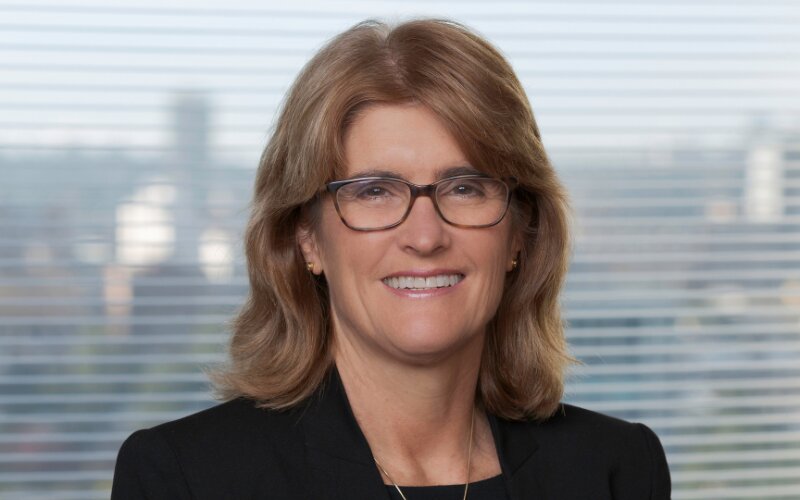Aussies spent about $37.8 billion in retail outlets in October in seasonally adjusted terms, according to today's Retail Trade release from the ABS.
This was a 0.2% drop compared to September, with turnover down in all retail categories except food retailing.
Spending was 1.2% higher than in October '22, but this data set does not take inflation and population growth into account, so comparisons should be made cautiously.
A 0.2% decline was above the consensus estimate that retail spending increased slightly in October, although NAB and CommBank economics teams both predicted a greater decline.
Mortgage holders across the country might be hopeful this is an indicator to RBA boss Michele Bullock that domestic demand is on the way down, after she said this has become the primary driver of inflation, and implied further rate hikes might be necessary.
However, Ben Dorber, ABS head of retail statistics, said an October drop followed a familiar pattern.
"It looks like consumers hit the pause button on some discretionary spending in October, likely waiting to take advantage of discounts during Black Friday sales events in November," he said.
RBA watch
Speaking last week at the Australian Business Economists dinner in Sydney, Ms Bullock said it was domestic demand, rather than global supply chain problems, that has become the biggest driver of inflation in Australia.
She pointed to the contrasting CPI inflation figures for goods and services: goods prices have been steadily moderating since peaking late last year as supply chains recovered from pandemic related issues, while service price inflation continues to grow.
"Hairdressers and dentists, dining out, sporting and other recreational activities, the prices of all these services are rising strongly," she said.
"This reflects domestic economic conditions and is an indication that aggregate demand is sufficiently greater than aggregate supply to sustain these price increases."
In what most analysts agreed was a hawkish remark, she said "more substantial monetary policy tightening" was the appropriate response to demand driven inflation.
The cash rate has been raised 425 basis points since April 2022, and economists - including those at the RBA - have reiterated monetary policy often operates with a lag.
It often takes a few months for rate hikes to translate into reduced spending, so some might interpret the October drop in retail spending as a sign the economy will continue to contract from the increases we have already seen in the coming months.
CommBank economist Stephen Wu pointed out with the huge net migration Australia has seen in 2023, per capita retail spending is as weak as it's been for a long time.
"[1.2%] is the slowest annual pace of growth in retail trade outside of the pandemic since November 2010, but population growth is almost double the pace than that period, +2.9% per year in working age population in October 2023 compared to 1.6 per year in November 2010," he said.
"In other words, per capita retail spending is undoubtedly weak."
For NAB economist Tapas Strickland though, today's release is not enough information for the RBA to draw any meaningful conclusions.
"We would recommend averaging the October, November and December data to gauge the underlying pulse of retail into year end," he said.
"We don’t think today’s data will impact the RBA’s thinking ahead of the December RBA meeting.
"NAB continues to expect the RBA will hike rates at the February meeting to 4.60%."
Read more: is Australia in for a penny pinching Christmas?
Picture by Heidi Fin on Unsplash

Ready, Set, Buy!
Learn everything you need to know about buying property – from choosing the right property and home loan, to the purchasing process, tips to save money and more!
With bonus Q&A sheet and Crossword!



 Emma Duffy
Emma Duffy
 Dominic Beattie
Dominic Beattie


